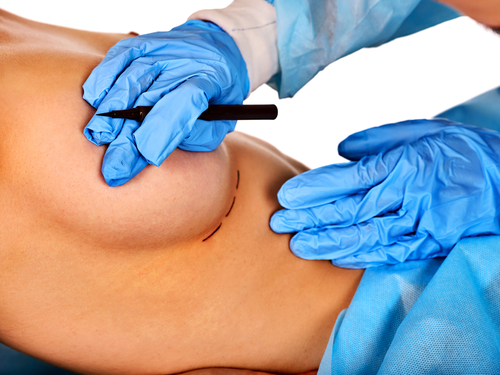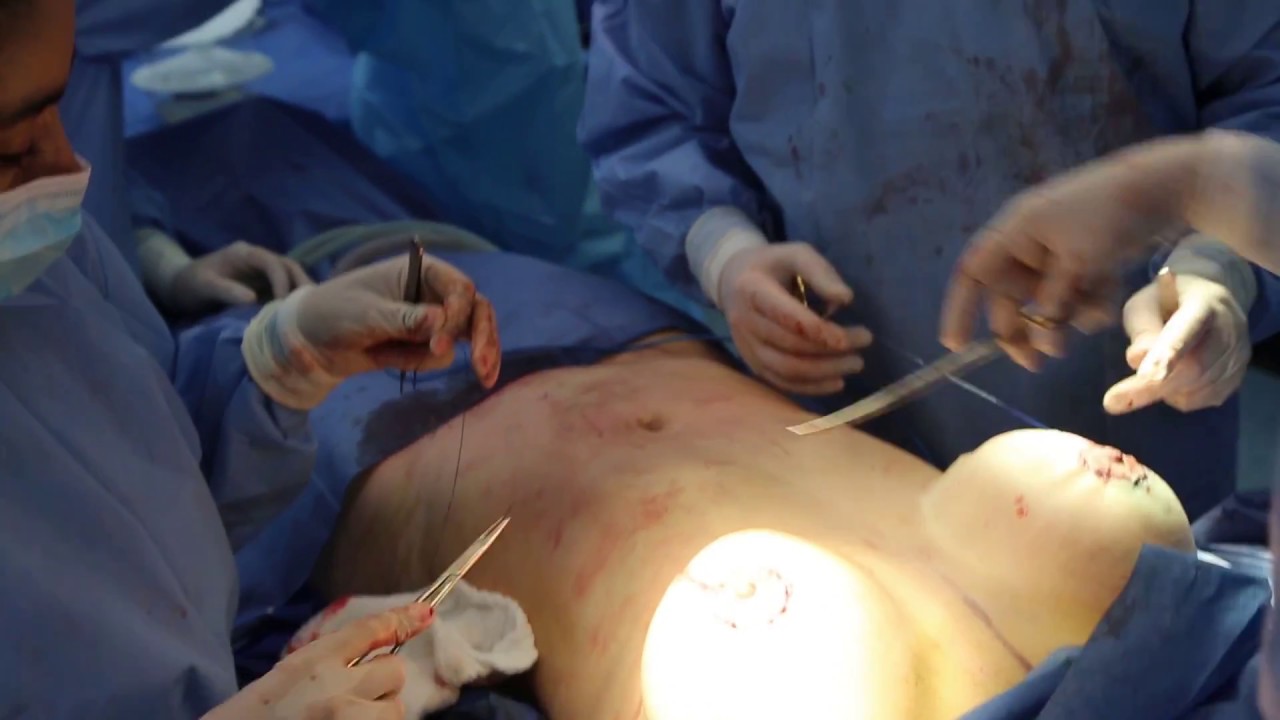Many women are afraid of undergoing breast augmentation surgery. Maybe it’s because they do not know the process well. We explain step by step how your operation will be.
- Breast exam:The first step before any breast surgery is to undergo a breast examination by the plastic surgeon or by a medical doctor. It is important to make sure that the chest is healthy so that there are no later problems. Women between 40 and 50 years old should take special care and undergo all checks to rule out any suspicious lumps. This preoperative review consists of a manual and visual examination. Visually, any anomaly such as spots, bumps, etc. should be discarded. Afterwards, the doctor will palpate the chest looking for possible anomalies. It is highly recommended that the doctor asks for a mammogram or mammography of the patient to make sure of the absence of mammary pathologies.
- Before the operation: The plastic surgeon who will intervene the patient must give instructions to follow for the preparation before the operation. For example, it is advisable to follow some rules regarding the intake of food and liquids, as well as it is beneficial to stop smoking before being intervened. On the other hand, the doctor may recommend the taking or suppression of medications, vitamins and iron supplements. In addition, the plastic doctor should be informed about the number of pregnancies prior to the operation, as well as the intention to have more children or breastfeed in the future. It is also necessary to explain the health problems that are suffered. During the first consultation, the size and shape of the patient’s natural breast and the firmness of her skin will be evaluated. It is also usual to perform a mammography study. In this first contact, the surgeon must explain to the patient which surgical techniques are used in a mammoplasty. The size and shape of the prosthesis and the different procedures that exist for Boob Job them must also be discussed.
- Complete preoperative examination:If the patient is young, an electrocardiogram and an analytical will be performed. On the other hand, if the patient exceeds 40 years, she should undergo a more thorough examination consisting of electrocardiogram, analytical, chest x-ray and mammography.
Surgical intervention: The first step is to anesthetize the patient (general anesthesia will usually be used). To begin the operation, an incision will be made in the location previously agreed between the surgeon and the patient, according to the preferences of the latter and the doctor’s recommendations. Then, the surgeon will create a pocket to insert the implant, this location can be sub-glandular (in front of the chest muscle) or sub-muscular (behind the chest muscle). In addition, lately the implant location is being used below the pectoral muscle fascia and in some special cases, the “Dual-Plane” technique that consists of placing half of the implant behind the muscle, leaving the lower half of the prosthesis below the gland for Breast Lift. Each one of the techniques chosen by the surgeon will depend on the previous state of the breast and the desired result. Once the prostheses are correctly placed, the surgeon will suture the incision with traditional stitches (they will be removed in one or two weeks) or with absorbable sutures (they will dissolve themselves). In some cases, drainage tubes may be included to prevent contusions, swelling and possible spills, which will be removed after a few days. The surgeon will suture the incision with traditional stitches (they will be removed in one or two weeks) or with absorbable sutures (they will dissolve themselves). In some cases, drainage tubes may be included to prevent contusions, swelling and possible spills, which will be removed after a few days. The surgeon will suture the incision with traditional stitches (they will be removed in one or two weeks) or with absorbable sutures (they will dissolve themselves). In some cases, drainage tubes may be included to prevent contusions, swelling and possible spills, which will be removed after a few days.

It is important to plan who will pick up the patient after the operation. It is also advisable to have help during the first days after the intervention.
- Post-operative after a mammoplasty:After an intervention of breast augmentation, the patient may experience discomfort and pain due to contusions and incisions made in the operating room. It is important to follow the recommendations of the surgeon who has intervened. Plastic surgeons usually prescribe analgesics to mitigate these discomforts during the first two weeks.






